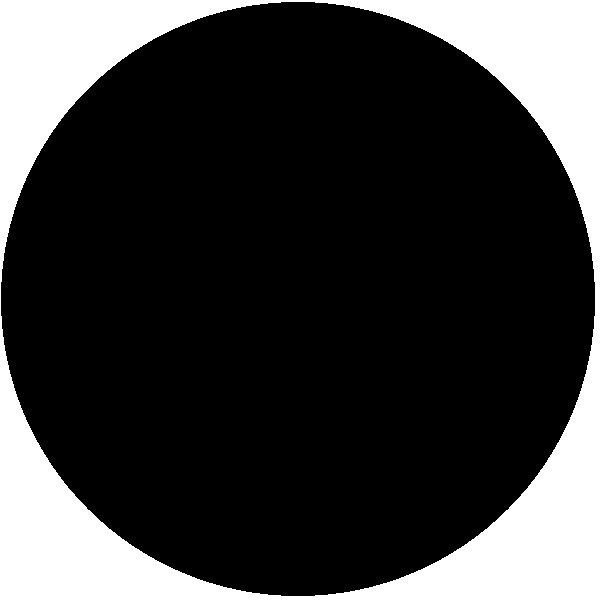a=concave angles w=protruding walls c=camera
a+(w+1)= c
this excludes polygons with no protruding walls or concave angles which will always need 1camera, polygons with 1 concave angle will always need 1 camera also.
this excludes polygons with no protruding walls or concave angles which will always need 1camera, polygons with 1 concave angle will always need 1 camera also.




